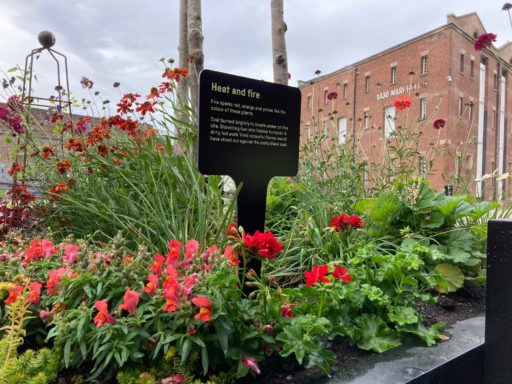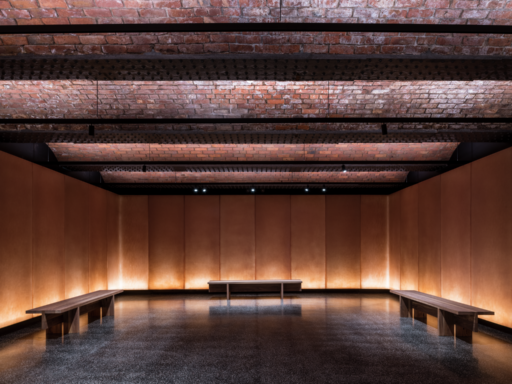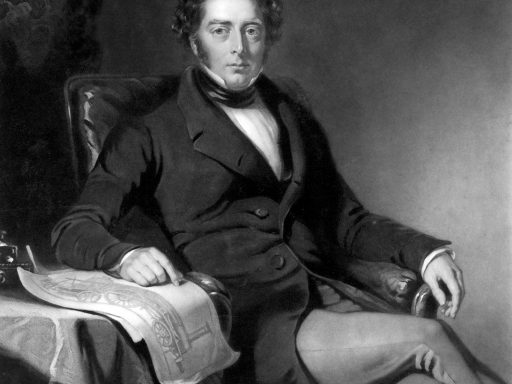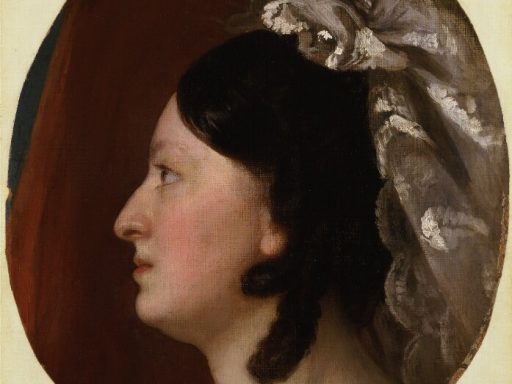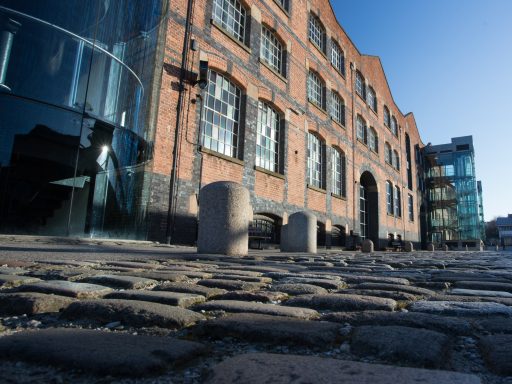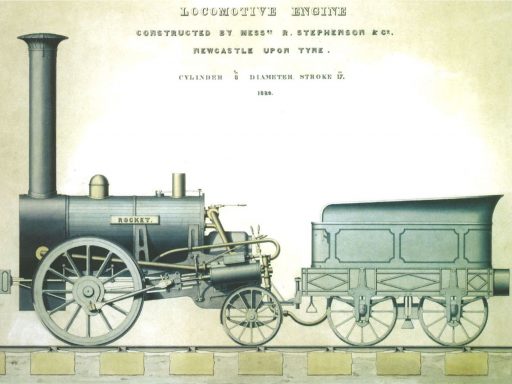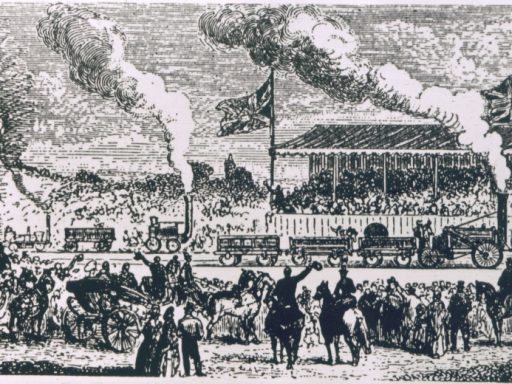
What connects a lab coat, a loom and the ancestor of modern computers to sci-fi classic, The Matrix? We dive down the rabbit hole to highlight the world-changing collections at the Science and Industry Museum that were part of the creative inspiration for our new neighbour Factory International’s opening show, Free Your Mind.
